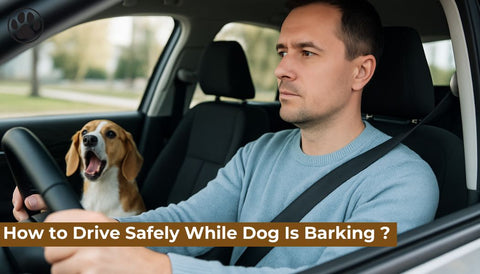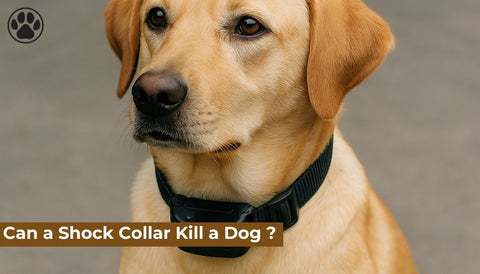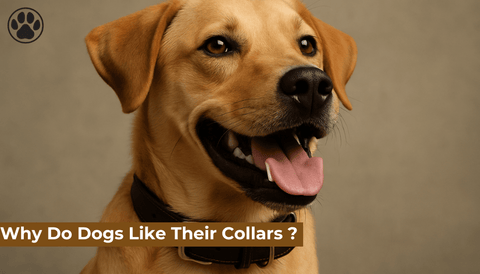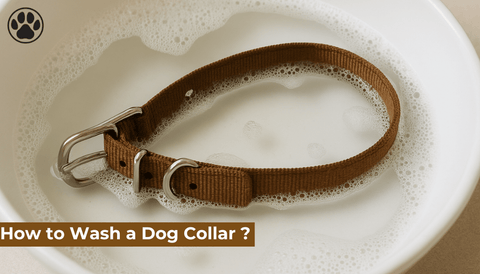
How to Break Up a Dog Fight ?
of reading - words
Dog fights can happen suddenly and without warning. Whether between two unfamiliar dogs at a park or your own pets at home, knowing how to break up a dog fight safely can prevent serious injuries to both dogs and humans. This guide provides clear, practical steps and safety tips for dealing with such high-stress situations.
Understanding Why Dog Fights Happen
Before learning how to intervene, it’s helpful to understand what causes dog fights. Most conflicts arise due to:
-
Territorial behavior
-
Resource guarding (toys, food, owners)
-
Fear or stress
-
Lack of socialization
-
Overstimulation
Recognizing early signs of tension—such as stiff posture, growling, prolonged staring, and raised hackles—can help you prevent a dog fight before it escalates.
Stay Calm and Assess the Situation
The most important thing in any dog fight situation is to stay calm. Panicking or yelling can escalate the aggression. Take a quick assessment of the environment:
-
Are there people or children nearby?
-
Are the dogs the same size or is one in danger?
-
Do you have tools nearby like a leash, blanket, or spray bottle?
Your goal is to separate the dogs without putting yourself or others at risk.
What NOT to Do During a Dog Fight
Never try to grab the dogs by the collar, as this puts your hands dangerously close to their mouths. Many well-intentioned owners get bitten when intervening incorrectly. Avoid the following:
-
Hitting the dogs
-
Screaming loudly
-
Reaching between them
-
Pulling them apart by their limbs or tails
These actions can intensify the aggression and lead to serious injury.
Safe Methods to Break Up a Dog Fight
There are several safer techniques to separate fighting dogs. Choose the one that suits your situation best:
1. The Wheelbarrow Method (Two People Required)
Each person grabs a dog from behind by the hind legs, lifting them like a wheelbarrow. Then, both handlers back away slowly, turning the dogs in a circular motion to disorient them. Once separated, isolate the dogs immediately.
This method is highly effective because it keeps your hands away from the dogs’ heads and breaks their line of sight.
2. Use a Barrier or Object
Grab any large object—such as a chair, broom, blanket, or trash can lid—and place it between the dogs. This can interrupt their focus long enough for them to disengage.
Spraying water from a hose or spray bottle, or using loud sounds like an air horn, can also be effective in startling the dogs into stopping.
3. Leash Pull with Rotation
If only one person is present and a leash is accessible, loop it around one dog’s belly (not neck), then pull gently while rotating the dog sideways. This maneuver reduces the chance of injury while breaking the dog’s focus.
Be sure to quickly secure the first dog away before attempting to remove the second.
After the Fight: What to Do Next
Once the dogs are separated, take the following steps:
-
Check both dogs for injuries (even minor ones can become infected)
-
Keep them in separate rooms to calm down
-
Call your veterinarian if there are any wounds or signs of shock
-
Observe behavior for signs of trauma or anxiety
-
Consider consulting a professional dog trainer or behaviorist for further prevention
It’s also wise to document what happened, especially if the fight occurred in a public place or with someone else’s dog.
How to Prevent Dog Fights in the Future
Preventing dog fights is key to ensuring long-term safety. Here are a few practical tips:
-
Always supervise dogs during play, especially if they are unfamiliar with each other
-
Neuter or spay your pets, as this often reduces aggressive tendencies
-
Socialize your dog early and often
-
Avoid high-stress situations such as crowded dog parks
-
Train basic obedience commands like “leave it”, “stay”, and “come”
Knowing your dog’s triggers and setting boundaries during interactions with other dogs can go a long way in maintaining peace.
When to Seek Professional Help
If your dog has been involved in multiple fights, or exhibits ongoing aggressive behavior, it’s time to consult a professional dog trainer or certified animal behaviorist. They can evaluate your dog’s behavior and help develop a training plan to reduce aggression.
FAQ: Breaking Up Dog Fights
Q: Can I use pepper spray or citronella spray to stop a dog fight?
A: In extreme cases, citronella spray can be used as a deterrent, but pepper spray is not recommended due to potential long-term harm and the risk of affecting both dogs and nearby people.
Q: Is it safe to break up a dog fight alone?
A: It's riskier, but possible with caution. Use tools like a leash, chair, or blanket. Avoid putting your hands near their mouths.
Q: What should I do if a dog fight happens at a dog park?
A: Separate the dogs as safely as possible, check for injuries, and exchange contact information with the other owner. Report the incident to park authorities if necessary.
Q: How do I know if my dog will start a fight?
A: Watch for signs like stiff posture, growling, or lunging. A sudden change in demeanor can be a warning that your dog is uncomfortable or threatened.
Q: Should I punish my dog after a fight?
A: No. Punishment can increase fear or aggression. Instead, separate them calmly and seek professional advice if the behavior continues.
Conclusion
Knowing how to break up a dog fight safely is an essential skill for any dog owner. While it’s always better to prevent fights, being prepared can make all the difference if conflict arises. Use safe techniques, avoid panic, and always prioritize the safety of all animals and people involved. If in doubt, seek professional help to address the root causes of aggression.




